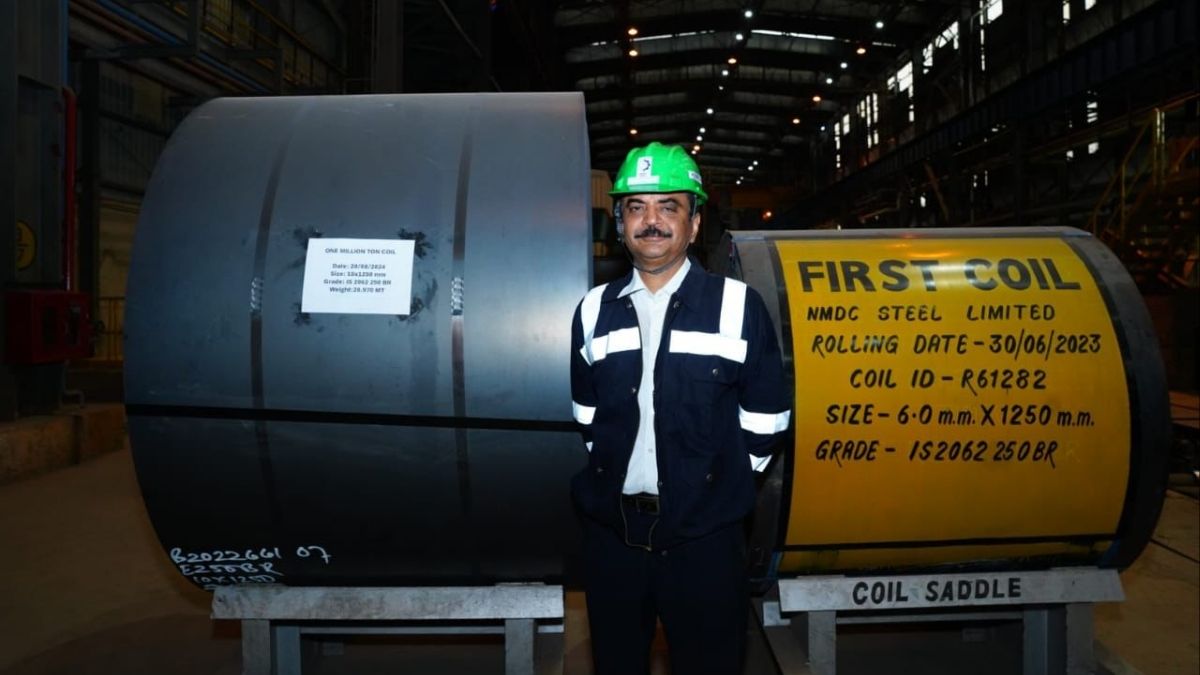India’s steel industry faces one of its biggest challenges—low prices
 File: Steel Secretary Sandeep Poundrik at the Nagarnar Steel plant of NSL at Jagdalpur, Chattisgarh in 2024 | X
File: Steel Secretary Sandeep Poundrik at the Nagarnar Steel plant of NSL at Jagdalpur, Chattisgarh in 2024 | X
The Indian steel sector is currently grappling with the problem of low steel prices, which is particularly affecting smaller players. Speaking at the Steel Summit 2025, Steel Secretary Sandeep Poundrik highlighted that while steel prices were considerably high about five years ago, today they have dropped below expected levels, posing significant challenges for the industry’s smaller units.
According to Poundrik, about 150 small steel companies have been forced to halt production due to these low prices. This situation is reflected in the recent financial results, where profit margins for almost all companies have seen a decline.
The secretary emphasised that this price issue comes at a critical time as the government is aiming to expand the steel production capacity by 100 million tonnes over the next five to seven years.
Global factors are also compounding the problem. Poundrik pointed out that surplus steel production, especially from China, and the dumping of excess steel into international markets affect not just India but countries worldwide by pushing prices down.
To counter these challenges, the government has taken steps such as imposing provisional safeguard duties on imported steel to protect domestic manufacturers and help ensure they receive fair prices.
Silver lining
Despite these pressures, there is positive news, with steel consumption and production capacity both on the rise in India over the past decade.
Poundrik stressed that the steel industry is strategically vital for the country’s long-term self-reliance.
He warned that over-dependence on imported steel could expose the sector to risks stemming from geopolitical conflicts, a reality the world is witnessing today.
Dispelling the notion that the steel market is dominated only by a few large players, the secretary stressed that nearly half of India’s steel production comes from around 2,200 medium-sized companies, underscoring the diversity of the industry.
Looking ahead to cleaner steel production, Poundrik shared that hydrogen prices are dropping faster than anticipated, potentially making hydrogen a viable alternative to natural gas within the next five to ten years. This shift could pave the way for “green steel,” aligning steel manufacturing with environmental sustainability goals.
The secretary also called for investments in speciality steel production, which is crucial as the country modernises its defence infrastructure.
Business